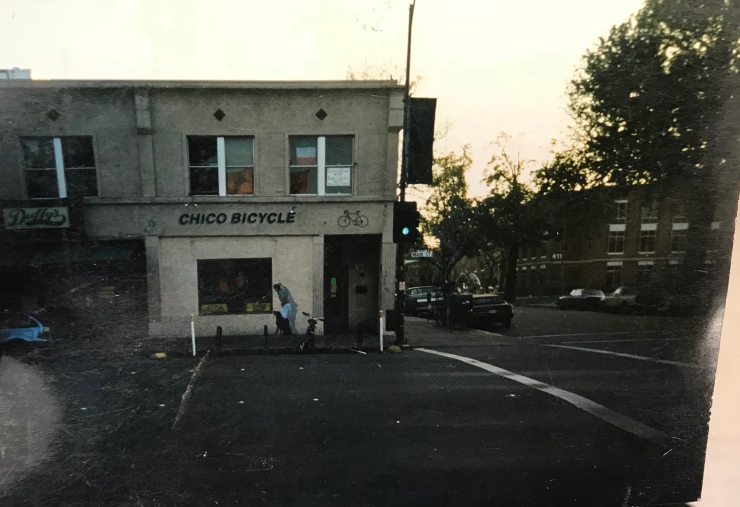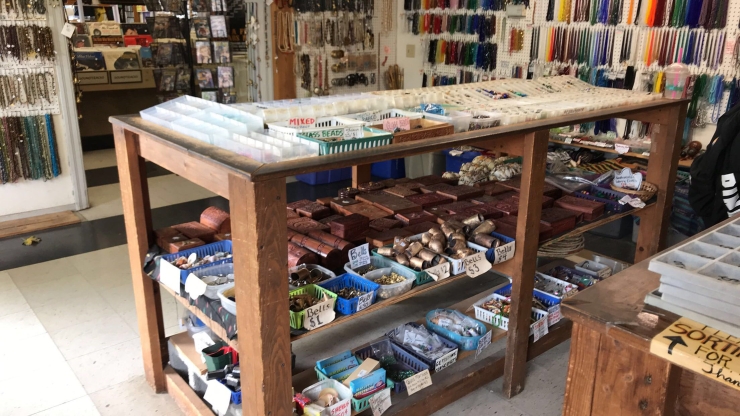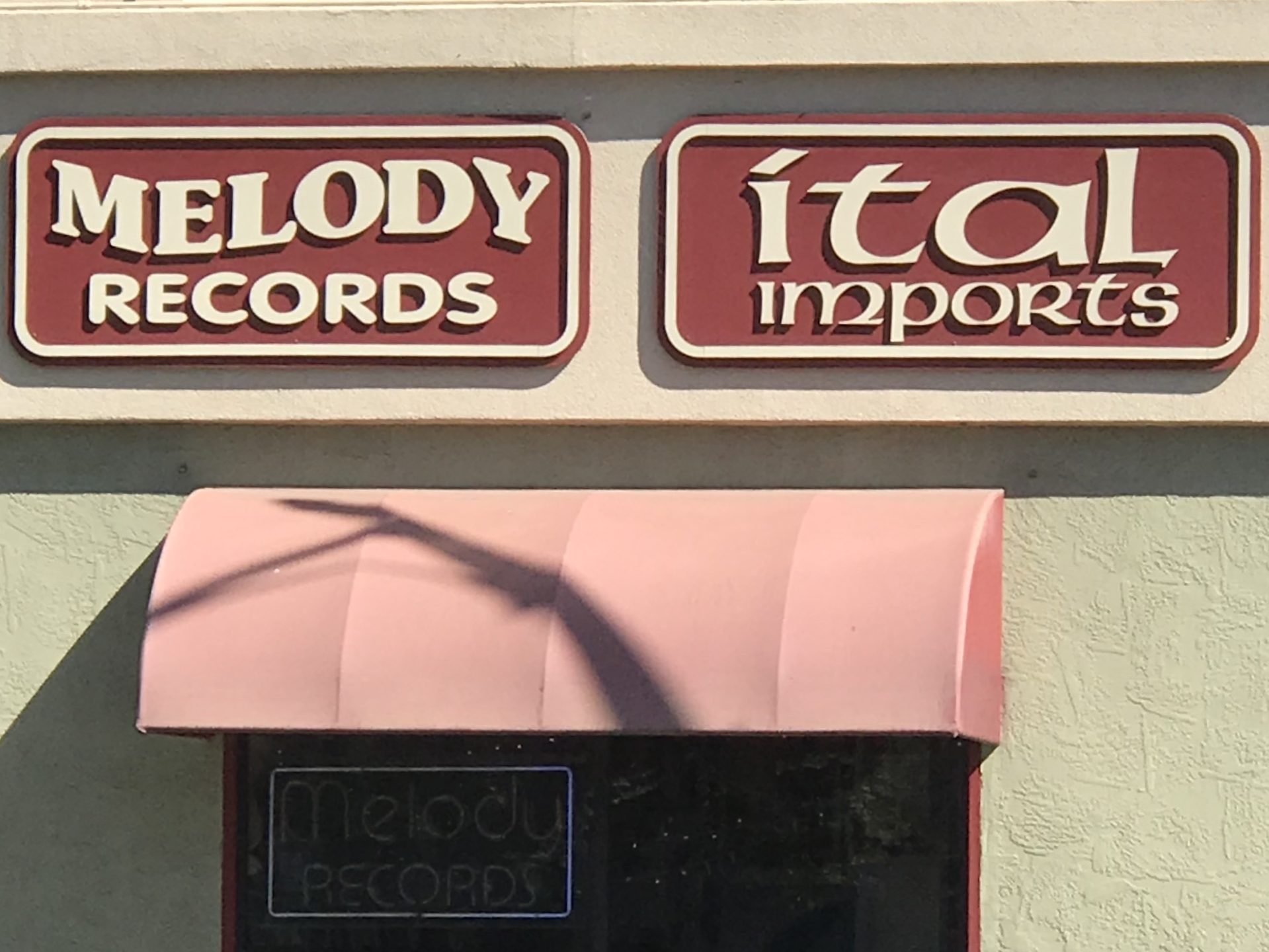Melody Records:
Since the 1990s there has been a drastic rise in technology. The Wide Web was created, CDs were in, the Nokia phones, and more. Today,technology has been more evolved. We now have smart phones, iPhones, laptops, self driving cars, iPods, MP3 players, bluetooth, Music Apps and more. With the new technology many record stores have gone out of business.
Before vinyls were created, the idea of recording was important. On November 1877, Thomas Edison created the phonograph (Millard 1). In 1887 Emile Berliner invented the gramophone. (Osborne 13). The gramophone used discs, grooves and, “play-backs.” Berliner later focused on record and grooves. He invented seven inch records with 30 revolutions per minute lasting for approximately two minutes on one side. He sold over 1,000 gramophones and over 25,000 seven inch “hard rubber” records in 1894 (Burgess 12). Years later in 1948, Columbia Records invented the “LP,” long playing records. Columbia Records’ records were ten inches with 33 1/3 revolutions per minute. On March 31, 1949 RCA Victor created the seven inch, 45 revolutions per minute plastic record. Markets were filled with different genres of music. RCA Victor’s records were sent to stores in 1949. To better identify records,RCA Victor decided to mark the records with different. It made it easier for customers to find their music and finally in 1952 the records were made black (Drate).
Melody Records has been a local business for over 30 years. It is one of the last record store in Chico. The owner, Ray, has collected records, CDs, and video cassettes since he was young. He then decided to buy records that he likes and what people might like. Then on September 1, 1979 Melody Records opened in the location it is at today. Before Melody Record opened up, the building was occupied by a business that was selling bikes (Melody Record). Today, Ray still continues to buy more records including the more modern records. His business is still going on strong (Melody Records).

Before Melody Records (A separate business was selling bikes)
Ital Imports
Many different items, ideas, beliefs, music, clothes, languages, religions, etc are part of culture. Beads are a perfect example of culture. During the Spanish Era, Spaniards moved to present day California to build missions. The purpose of the missions were to convert Native Americans into Catholics. Once Native Americans were converted into Catholicism they were then called Neophytes (Geography Class). During this time, Native Americans made their jewelry out of shell beads. They got them from two different places, Bay Area and Santa Clara. On the other hand, Neophytes got glass beads by the “Franciscan Missionaries.” Furthermore, the Yokutas Neophytes were participating in the Central Valley trade where it sold clamshell beads (Panic).
Another country in which beads had a great impact was In Africa. Glass beads were bought and sold in the East Coast of Africa. In the early nineteenth century missions and white merchants traded beads for ivory. Furthermore into the nineteenth century, beads were bought in “trading stores” rather than trading beads for different items (Anitta Nettleton).
Ital Imports has been around for 28 years. The owner of Ital Imports is Scott Hodgkinson. He travels around the world and buys different items. He brings materials such as rings, clothes, crystals, beads and hats that are from Thailand, Indonesia, India, China, Guatemala, Mexico, and Pakistan. Scott Hodgkinson keeps traveling around to bring more material to sell at Ital Imports. Traveling depends on what the store is missing (Ital Imports).

Burgess. R. J. (2014). the history of music production. Oxford, New York: Oxford University Press. Retrieved: https://books.google.com/books?hl=en&lr=&id=ZeISDAAAQBAJ&oi=fnd&pg=PP1&dq=microgroove+vinyl+history&ots=CIPhIrUsNY&sig=g1cip51qKXw_hFNGNyMoInE2b5k#v=onepage&q=microgroove%20vinyl%20history&f=true
Drate, S. (2002). 45 RPM: A Visual History of the Seven-Inch Record. New York: Princeton Architectural Press. Retrieved: https://books.google.com/books?hl=en&lr=&id=Cmkg0AYo60oC&oi=fnd&pg=PA6&dq=RCA+Victor+Vinyl&ots=ryYJWifPV0&sig=4-uqaHhbsn-51i5POamrkBcgIxI#v=onepage&q=RCA%20Victor%20Vinyl&f=false
Ital Imports Interview: Personal Interview. October 3, 2017.
Melody Records Interview: Personal Interview. October 3, 2017.
Millard, A. (2005). America on Record: A History of Recorded Sound. New York, New York: Cambridge University Press. Retrieved: https://books.google.com/books?hl=en&lr=&id=Tmx1064W5JwC&oi=fnd&pg=PR9&dq=vinyl+shops+history&ots=1LRWbwihkH&sig=MUkAGjJzlEcf14mM8ITg5AsQufQ#v=onepage&q=vinyl%20shops%20history&f=false
Nettleton, A. (2014). Women Beadwork and Bodies: the Making and Marking of Migrant Liminality in South Africa, 1850-1950. University of Witwatersrand.
Osborne, R. (2012). Vinyl: A History of the Analogue Record. New York, New York: Ashgate Publishing. Retrieved: https://books.google.com/books?hl=en&lr=&id=r76XCwAAQBAJ&oi=fnd&pg=PP1&dq=LP+vinyl+history&ots=CyewY7PYhu&sig=PE7eocovD4nir4u5E2OHWns1nes#v=onepage&q=LP%20vinyl%20history&f=false)
Panich. L.M. (2014). Native American Consumption of Shell and Glass Beads at Mission Santa Clara de Asis. American Antiquity, 79(4), 730-748. doi: 10.7183/0002-7316.79.4.730
